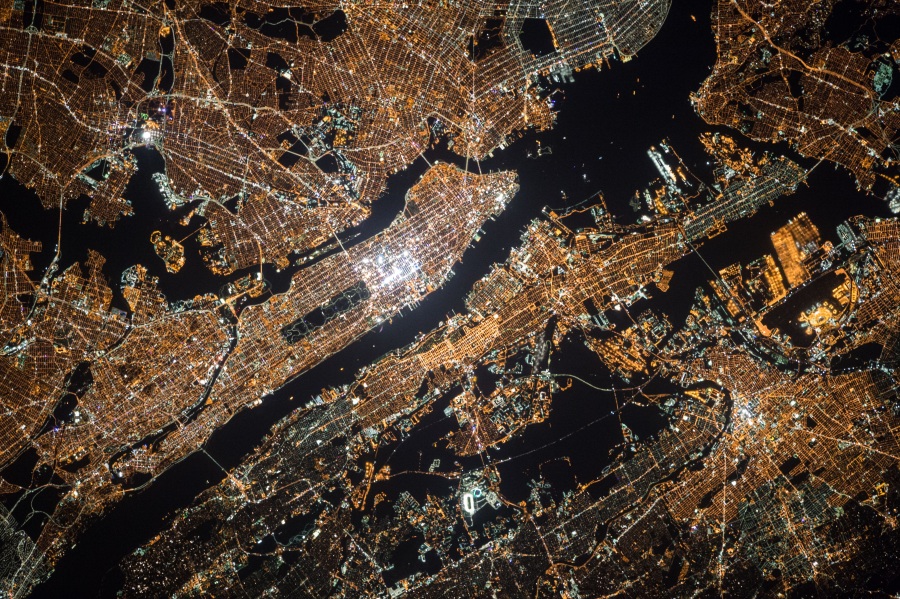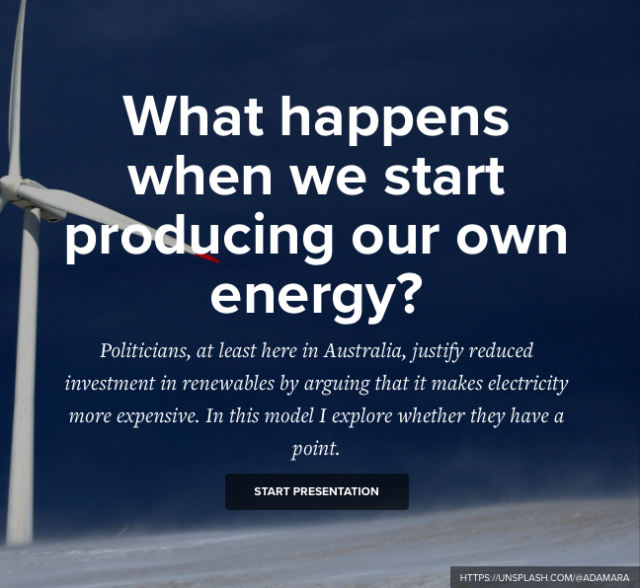The model included below has been perculating in my mind for a while.
 Soon after arriving in Australia we were away in Maroochydore on the Sunshine Coast, north of Brisbane. I caught a radio show talking about how a local council was using renewable energy to meet is its own energy needs.
Soon after arriving in Australia we were away in Maroochydore on the Sunshine Coast, north of Brisbane. I caught a radio show talking about how a local council was using renewable energy to meet is its own energy needs.
Off the bat this sounds reasonable. Why would a council, business, or home not want to do that?
Then to my surprise the Federal Government complained. I can’t remember the specific objections. My impression was one of discouragement. They seemed intent on discouraging more of these types of developments.
When I got over myself, my systems mind kicked into gear. I started to think it through and wonder if they had a point.
So here is part 1, from the Federal Governments perspective.
Follow the presentation below to see how it plays out, and use the comments section to let me know share your thoughts.
Have you followed the presentation?
Ok. Great.
I bounded that model on energy production and supply from utility companies. There is more to the overall model. But this is the model we had.
That seems like as good a place as any to start.
I will expand, in part 2, to think about the impact of battery storage in homes (something the Australian government seem to want to make difficult), and what the mode would look like when everyone is an energy producers and can share their excess production.
What do I take away from this model?
Two points worth remembering or considering stand out.
Local Renewables vs Central Renewables
When I say the word ‘renewable’ what is the firs thought that comes to mind?
Is it of the solar panels on your house? Or, is it a wind farm out in the country somewhere?
Here in Australia where many houses have solar, and where many more want solar, the tendency is to imagine something local.
The same is true for some businesses. Google, Apple, and Facebook have data centers that are run on renewable energy.
That is only partly true. Utility companies are also investing in renewable energy. Indeed those links to Google etc above refer to deals those companies have done with providers. But they have also built, or plan to build, their own facilities.
Renewable energy produced by a utility company disrupts the current model less than locally produced renewable energy does.
We Still Need Infrastructure
As the technology improves it will become less and less necessary to draw power from the grid, most of the time. We will get to a point where energy can be stored cheaply and effectively.
However, not everyone will be producing their own energy, and energy demand fluctuates.
This means that we need a way to supply other homes and businesses with energy. We need infrastructure to do that.
When there is a peak in demand for energy, where will that come from? For example during a heat wave where the use of air-conditioning increases, who supplies that extra power?
We need ways to share energy production, and provide on-demand energy when required.
Energy is central to our economy. It powers nearly everything. We can’t go far when it fails.
How does that work in a new model? Who pays, and who gets paid? Who is responsible for the infrastructure?
What do you think? How do you see this playing out?




